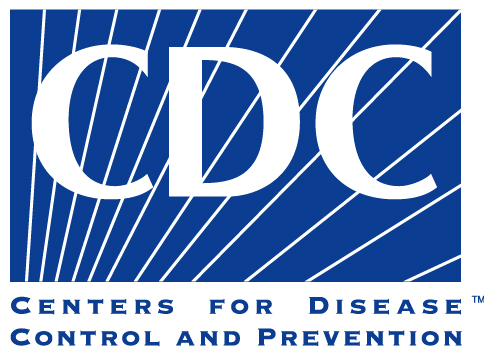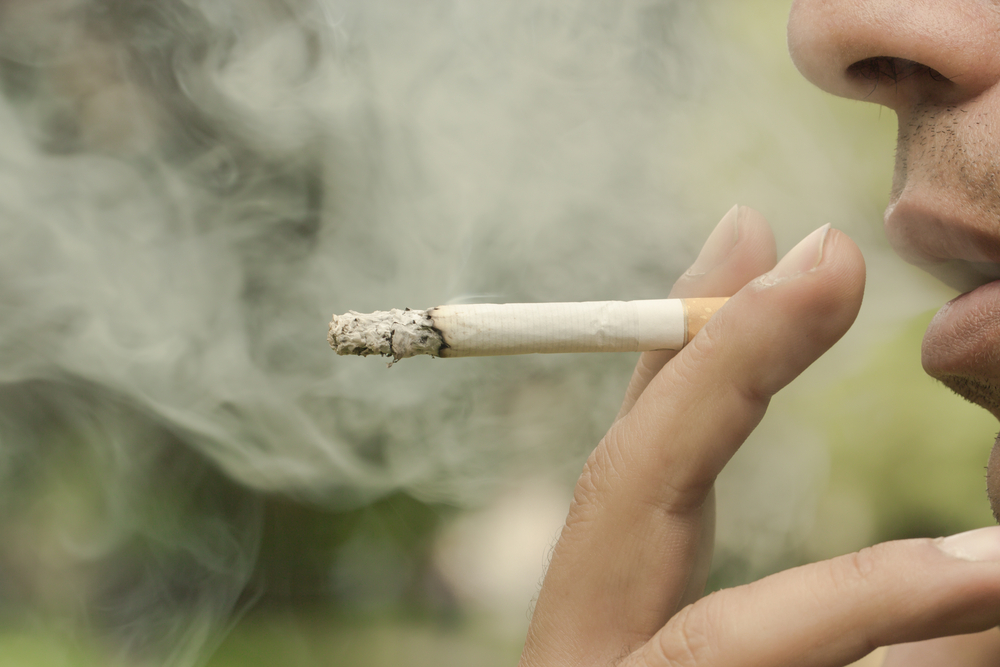 According to a Vital Signs report from the Centers for Disease Control and Prevention (CDC), one out of every four people in the United States is exposed to secondhand smoke. This means 58 million non-smokers are still at risk of the serious complications cigarette smoking can cause. Despite the fact that exposure to secondhand smoke has decreased by half based on data collected between 1999 to 2000 and 2011 to 2012, the center believes today’s numbers are still too high, and that the public should be aware.
According to a Vital Signs report from the Centers for Disease Control and Prevention (CDC), one out of every four people in the United States is exposed to secondhand smoke. This means 58 million non-smokers are still at risk of the serious complications cigarette smoking can cause. Despite the fact that exposure to secondhand smoke has decreased by half based on data collected between 1999 to 2000 and 2011 to 2012, the center believes today’s numbers are still too high, and that the public should be aware.
Using information from the National Health and Nutrition Examination Survey (NHANES), the Vital Signs report that was published in the CDC journal revealed a decrease in secondhand smoke exposure. However, it continues to be high among children, with seven out of every 10 black children exposed to secondhand smoke, and an average of two in every five children between 3 to 11 years old. The CDC highlighted that the numbers are particularly concerning among children who live in poverty.
“Secondhand smoke can kill. Too many Americans, and especially too many American children, are still exposed to it,” explained the CDC director Tom Frieden, M.D., M.P.H., in a press release. “That 40 percent of children — including seven in 10 black children — are still exposed shows how much more we have to do to protect everyone from this preventable health hazard.”
[adrotate group=”3″]
The CDC also found one in every three nonsmokers living in rental housing are exposed to secondhand smoke. The study, which evaluated exposure using a biomarker called cotinine, looked at rental status to determine situations of multiunit housing, in which the problem is greater.
“About 80 million Americans live in multiunit housing, where secondhand smoke can seep into smoke-free units and shared areas from units where smoking occurs,” said the acting deputy director for research translation in the CDC’s Office on Smoking and Health, Brian King, Ph.D. “The potential of exposure in subsidized housing is especially concerning because many of the residents — including children, the elderly, and people with disabilities — are particularly sensitive to the effects of secondhand smoke.”
In addition, the report demonstrated that almost half of black nonsmokers, and over 2 out of every 5 nonsmokers living below the poverty level are exposed to secondhand smoke. Being exposed to secondhand smoke is not safe in any amount, as cigarette smoke contains more than 7,000 chemicals, including 70 cancerous ones. It can cause serious health conditions, such as Sudden Infant Death Syndrome, respiratory infections, ear infections, asthma attacks in children, and heart disease, stroke, and lung cancer in adults.
Exposure to secondhand smoke causes about 41,000 deaths related to lung cancer and heart disease every year. The report states that the decline may be related to several factors, including comprehensive smoke-free laws that currently prohibit smoking in worksites, restaurants, and bars in about 700 U.S. cities, as well as voluntary smoke-free home rules, which raised from 43% in 1992-1993 to 83% in 2010-2011.

